Auctions
Keep Calm and Keep Bidding – The Auction Autumn Season 2022
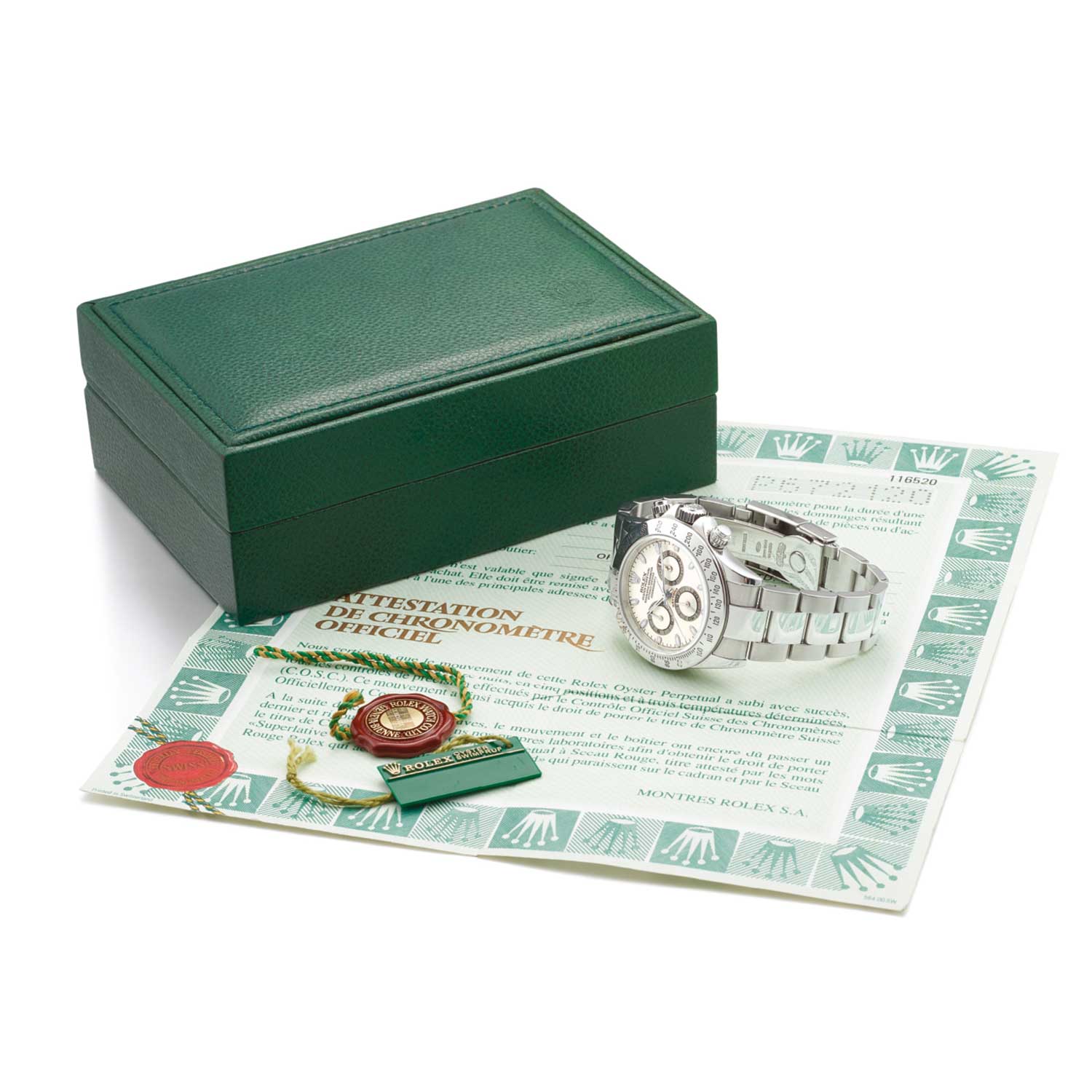
Rolex Cosmograph Daytona, Reference 116520 A Stainless Steel Chronograph Wristwatch With Cream Dial And Bracelet, Circa 2000
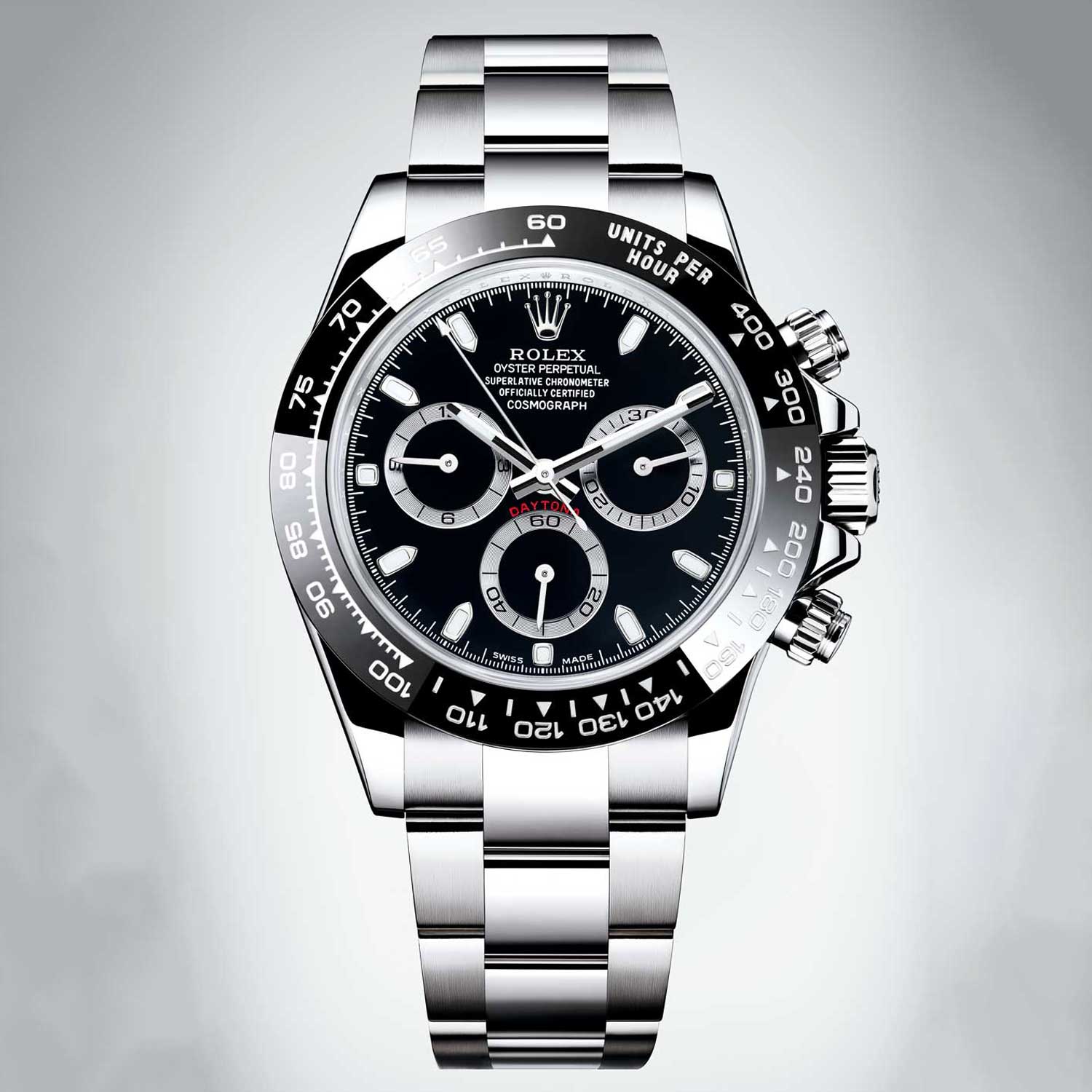
2016 Rolex Daytona (ref. 116500LN)
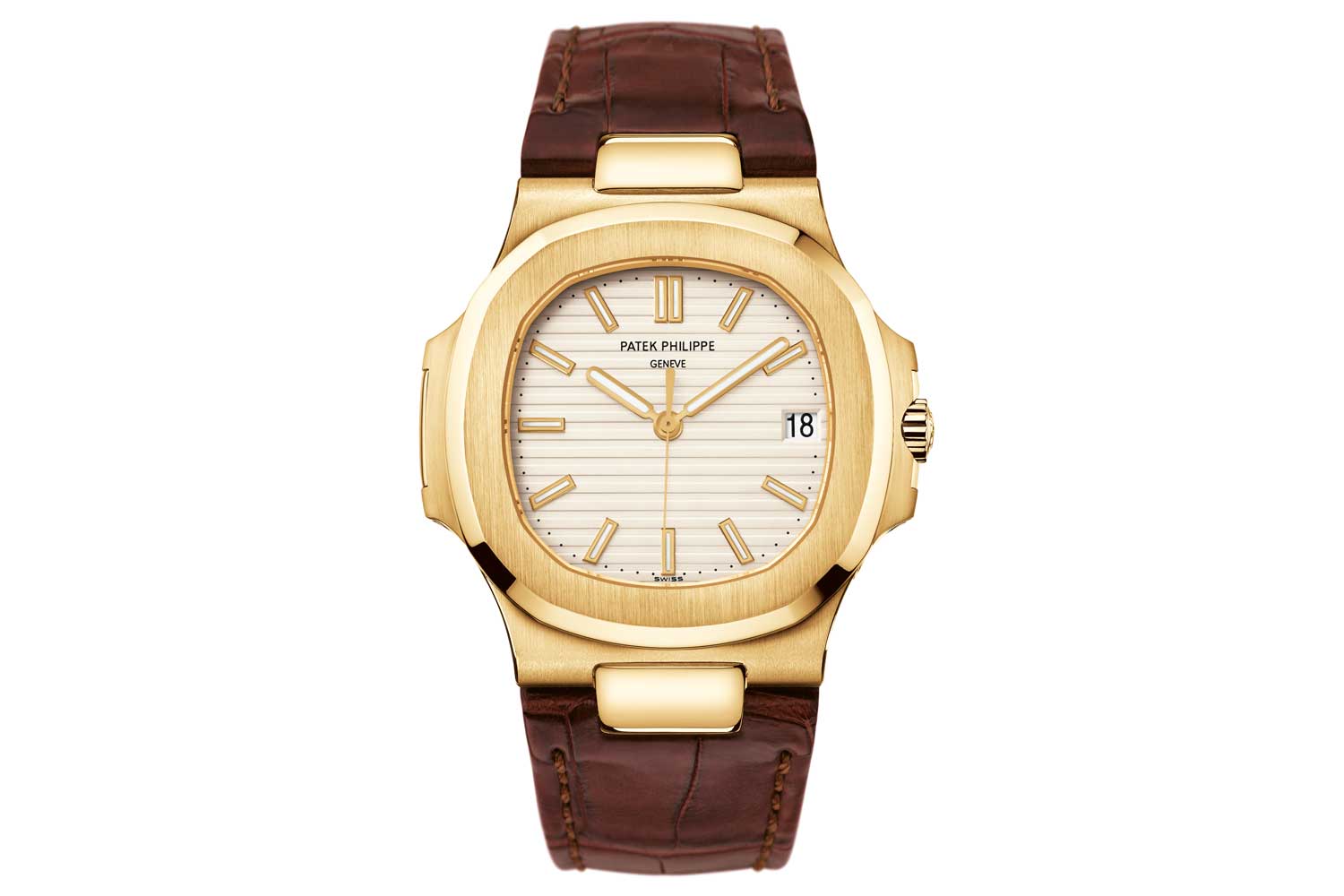
Patek Philippe Nautilus Ref. 5711/1J, 2007
Quality and Rarity
What we have seen is good results for watches that are either rare or of especially high quality. Again, this isn’t rocket science, but the issue has been amplified in these times. We first saw this Monaco in October, when rare and incredible quality pieces sold well. Says Chairman Davide Parmegiani, “We were delighted with the result of €17 million, especially in these uncertain times! I believe that it is now quite clear that short-term speculators are now out of the market. This is now a market for connoisseurs, collectors and those with a passion for rare and high quality watches. What we have demonstrated is that when rarity and quality collide, the market speaks and, in fact, speaks very loudly.”
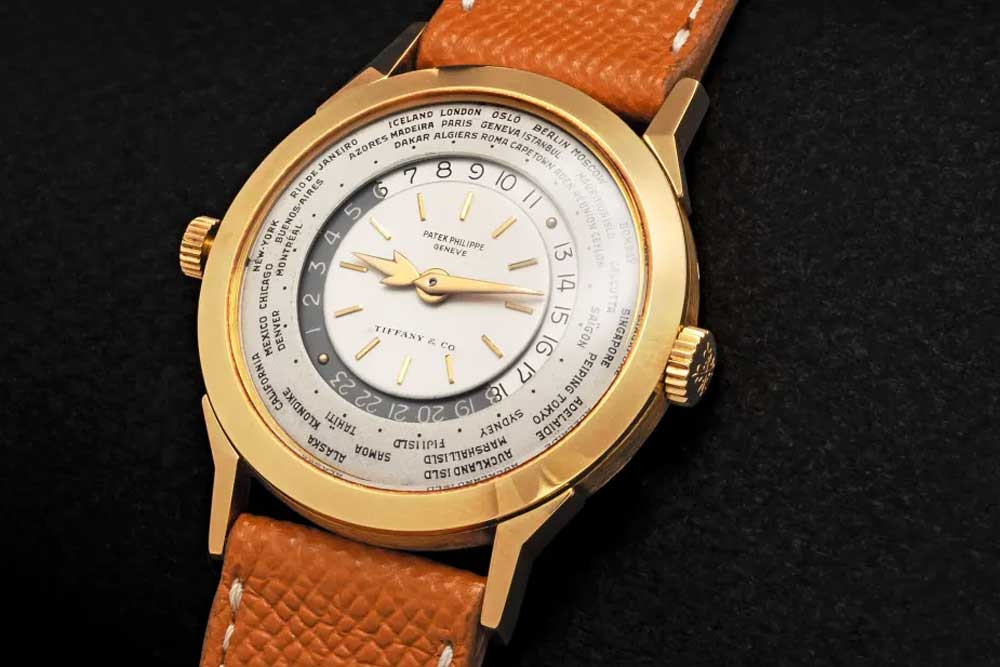
Patek Philippe dual crown world time in yellow gold signed Tiffany & Co
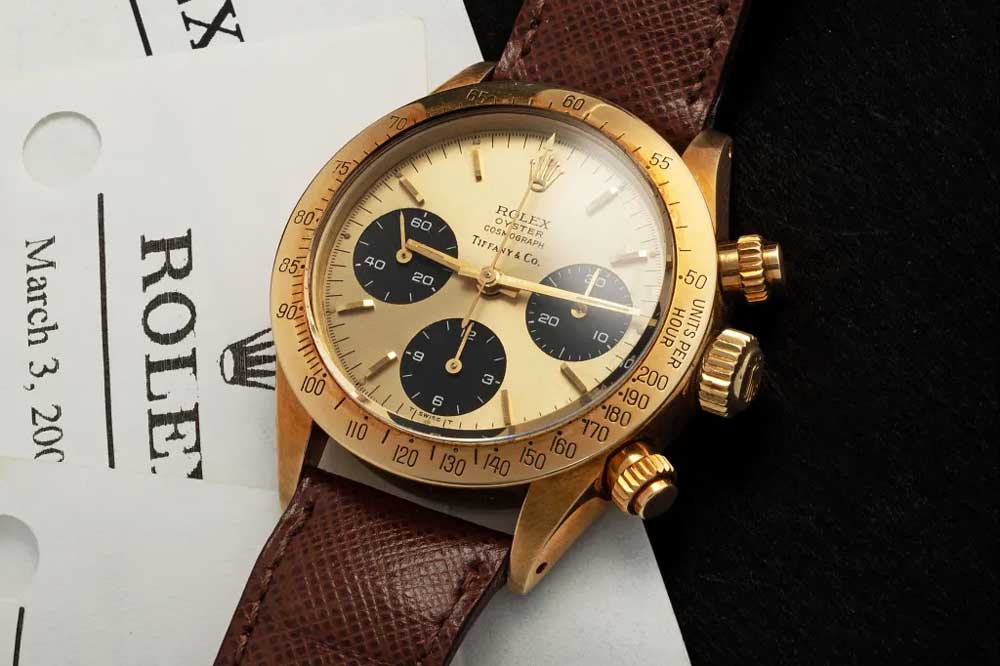
Rolex Daytona reference 6265 signed Tiffany & Co
Integrated Bracelets and Integrated Prices
I believe there would be very few arguments against the claim that the Vacheron 222 was the revival launch of 2022. Vacheron Constantin launched the reference 222, right in the middle of the integrated sports watch craze…the first time round. With a dial by Stern, movement by JLC and Gay Freres bracelet, the 222 was the perfect illustration of the power of horizontal watchmaking of the 1970s inline with watches such as the Royal Oak and Nautilus. The original 222 was made in three sizes, with the most collectible being what collectors term the Jumbo size at 38mm. It is understood that approximately 500 Jumbo examples were made and one of them sold at Phillips New York for $69,300. The watch is now a regular fixture on the auction scene and is holding firm and inline with its contemporary Audemars Piguet Royal Oak 5402.
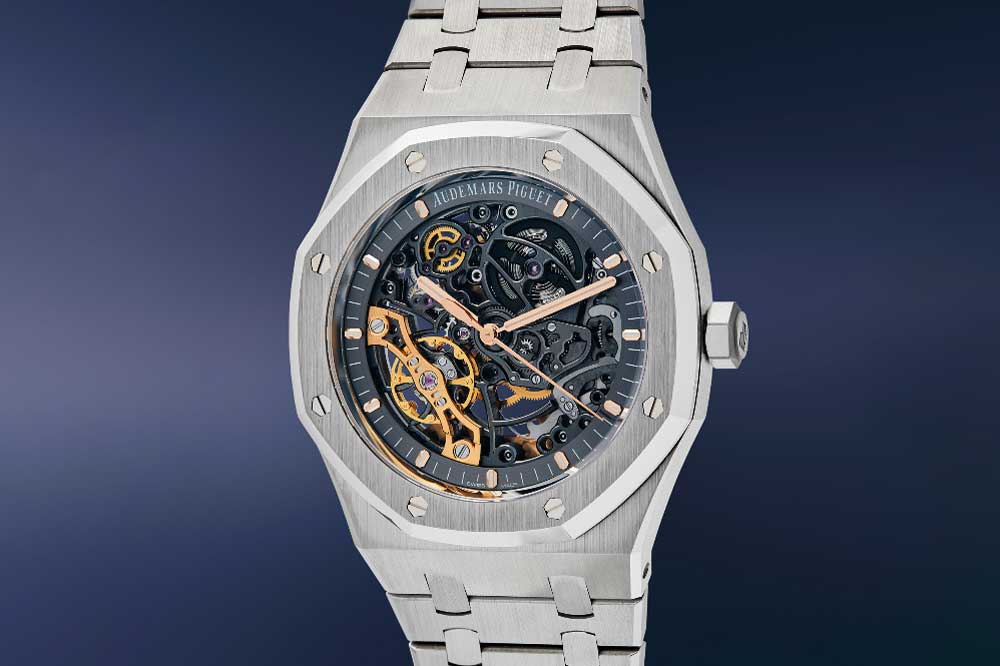
Lot 177: Audemars Piguet
Cooling Down
The Speedmaster has seemingly truly come of age in the past few years. Where once in languished in the long shadows of its nemesis the Daytona, it has now positioned itself as a truly investment-worthy sports chrono. Phillips New York sale saw some results that were, on the surface of it, quite soft. However, as we have learnt, its not always a simple as it seems and some detailed scrutiny and deeper understanding is vital. Passionate Speedie aficionados Roy and Sasha Davidoff are the pre-eminent experts and dealers in this field and have a very clear view on this: Say the bros, “Lot 29, a Speedmaster CK 2998-1 from 1960 sold at $34,020 all-in and is coincidentally the same result as Lot 101, a Snoopy Speedmaster from last year, which makes no sense considering the rarity. The only explanation I have would be that this particular reference would be more desirable with a lollipop chronograph seconds hand and its original braclet, neither of which this example has. Regardless, the buyer messaged me after the sale saying he was happy he got this one very reasonably!” This is a point that mustn’t be overlooked. This market is presenting some great opportunities for collectors who have kept their “powder dry” in preparation for this correction and have cash ready to hoover up the bargains.
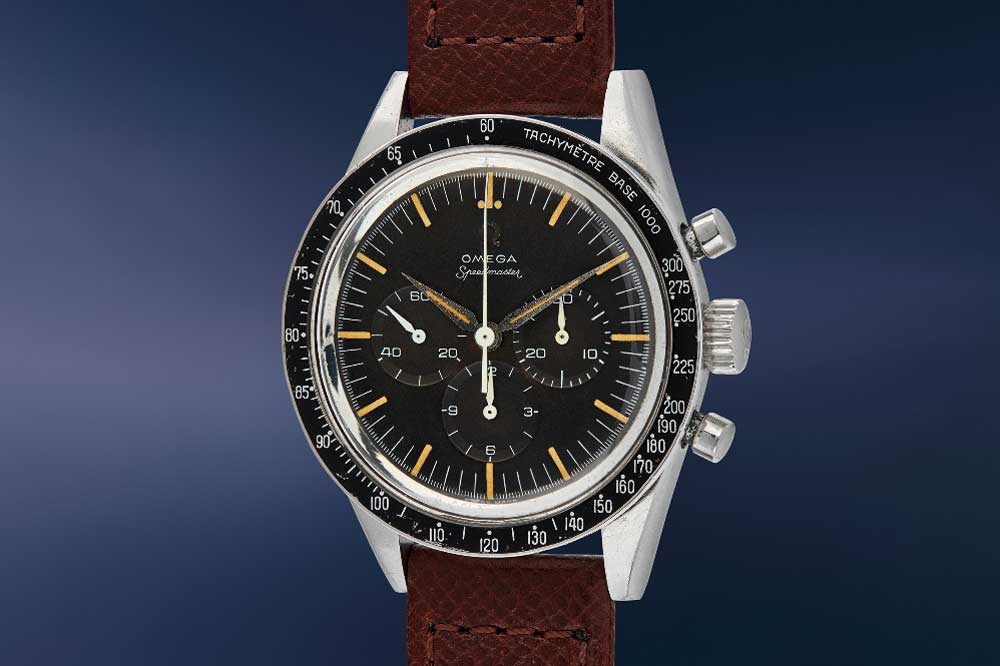
Lot 29: Speedmaster CK 2998-1 from 1960
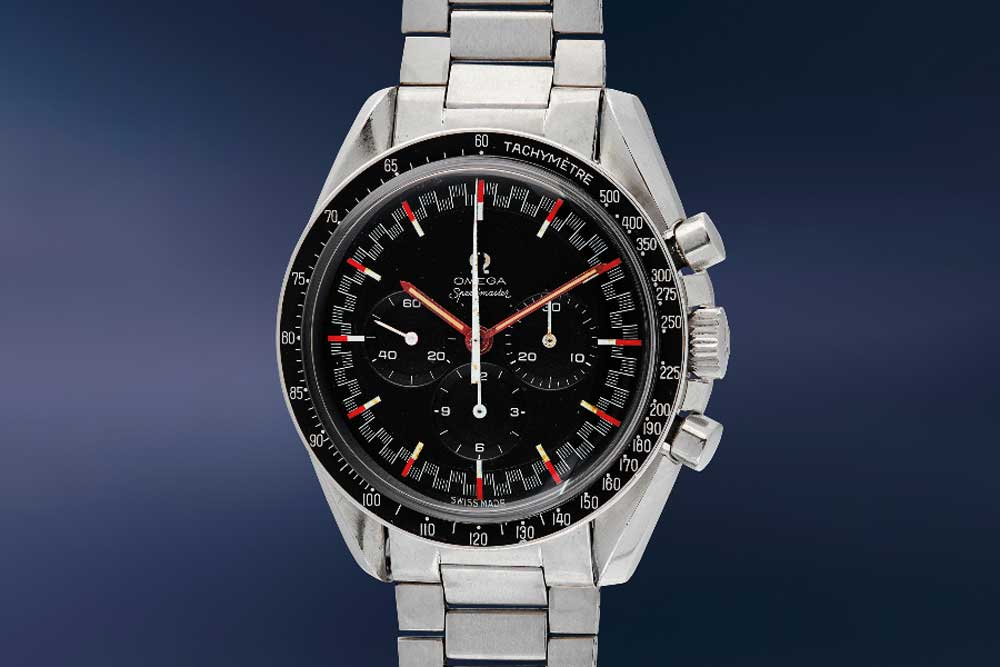
Lot 149: Speedmaster 145.012-67 Racing
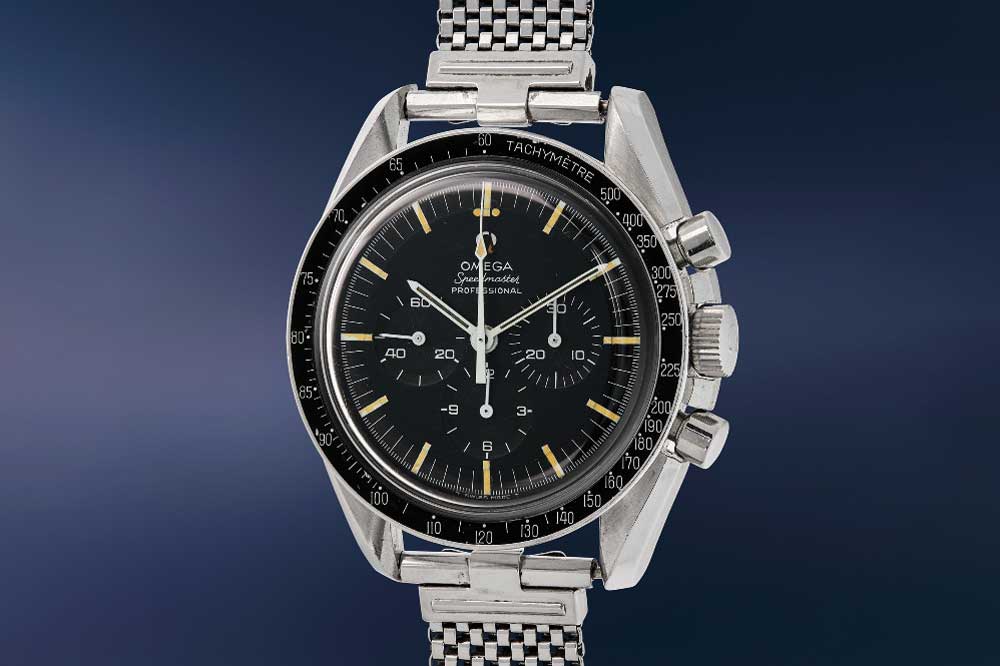
Lot 169: NASA issued 145.012-67 (unflown)
Independently Strong
Revisiting modern watches briefly, one sector that has continued to generally show steady growth is independent watches. The undisputed king is FP Journe, with his early watches attracting strong bidding and impressive results. Phillips had two particularly strong results. The first was Lot 13, an Octa Calendrier from 2004 in a rare 38mm platinum case with an early brass automatic movement and vibrant yellow gold dial. The watch hammered above estimate at $264.6k, which shows the enduring strength of these early pieces. In a similar vein, Lot 48 was also an early piece dating to 1999, a souscription tourbillon. This watch was one of six known with pink gold dials and sold for an impressive $1.24 million.
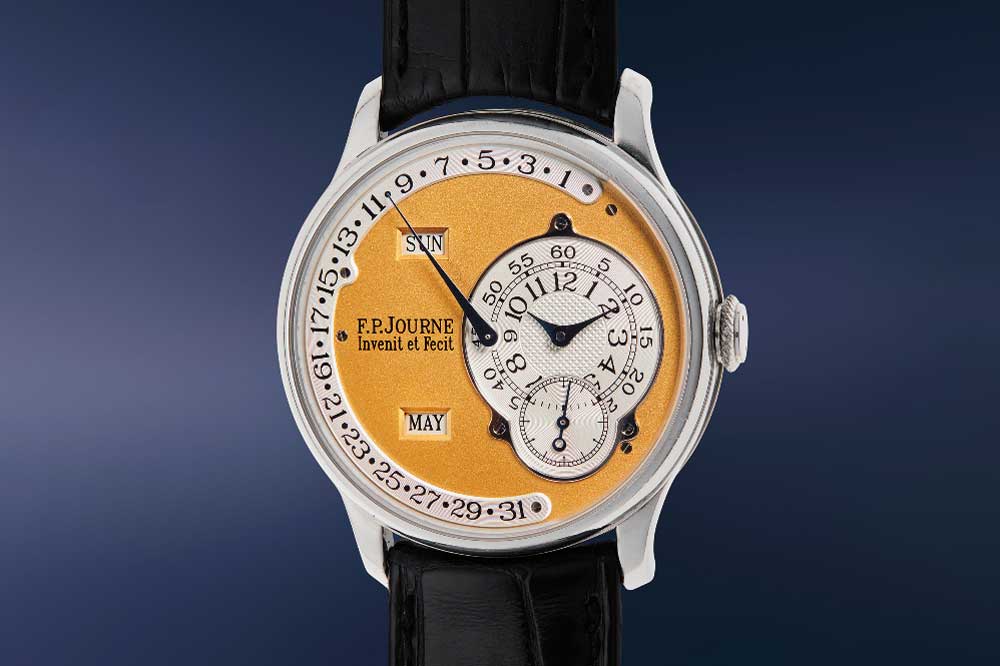
Lot 13: FP Journe Octa Calendrier
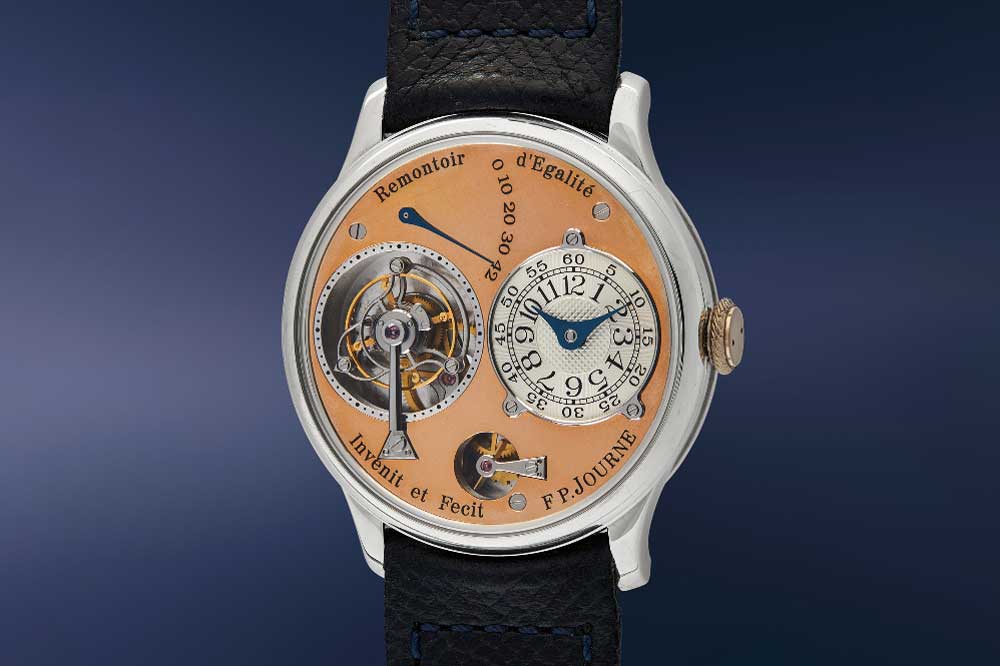
Lot 48: FP Journe Souscription Tourbillon
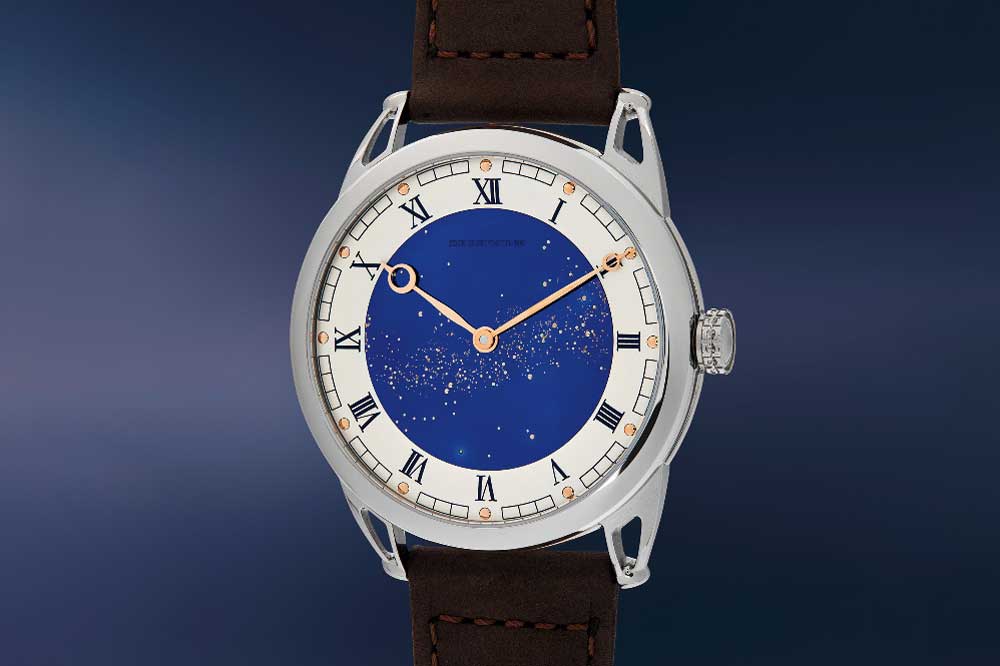
Lot 134: DB25 “Starry Varius”
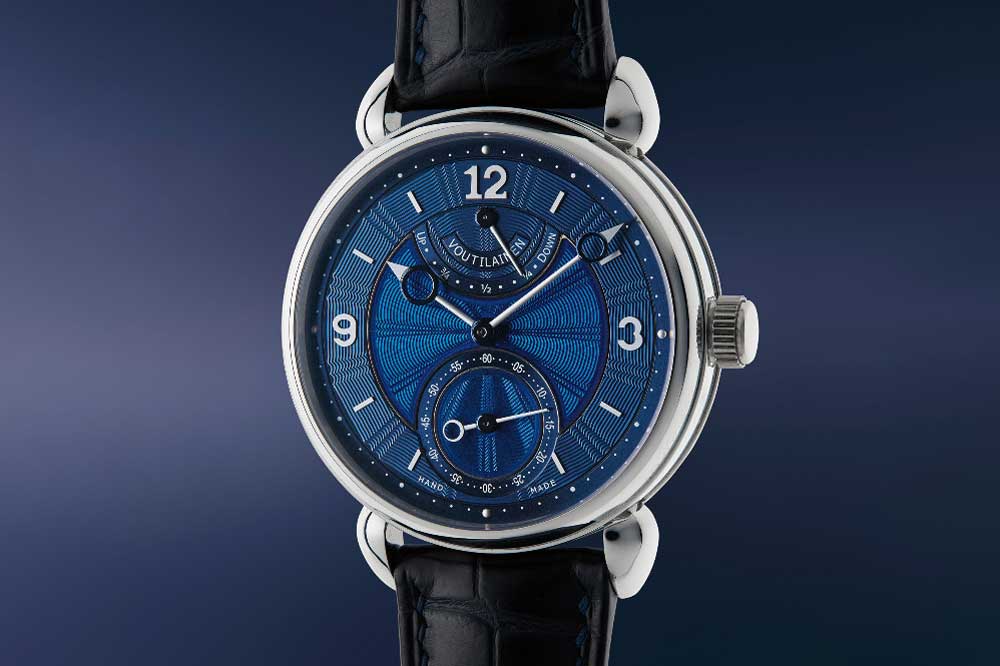
Lot 15: Voutilainen
A Deeper Dive
There are of course many different reasons, factors and context that lead to auction houses’ results and annual performance. Christie’s out performed Phillips in Geneva last month (November) due to the special sale of Jean Todt’s watch collection. Online auctions, post Covid, delclined in 2022. According to Shuetz: “Analyzing the results in more detail one can see that the share of only-online auction fell from around 21% to around 14%, mainly due to Christie’s move back to live auctions.”
Looking to 2023
So, what does the future hold? Obviously, it’s like looking into “crystal ball” to predict any 2023 developments and if we all knew what would grow eachyear then we’d all be able to retire and live on our yachts in Monaco. “Generally, I foresee a further decline of contemporary or in-production watches,” claims Shuetz. “Basically, none of them are really rare and latest in 2023 the Covid induced backlog will be gone, waiting lists will go down and the so called “flippers” (or speculators) might have burned themselves and will be out of the market. However, the economic factors are potentially in favor as global inflation is easing and the last remaining Covid restriction are expected to fall. I believe we will see a strong market also in 2023 if the auction houses manage to acquire attractive pieces for the collector market, which they had a difficult time doing in 2022. The “rules of the game” won’t change: Collector pieces that are rare and in prestigious condition will generate high prices and should lead to strong results. Vintage in general should be stable and growing with special pieces realizing great results.”
Looking back a few years we never saw dramatic growth rates like the ones we have seen in 2020-2021. If all goes well and the market environment is attractive, we shall see similar total results like in 2022 and maybe we will see 700m USD in totals sales. In any case the watch auction market has relevance today and going forward, where it was basically a very niche market some years ago. Here’s to ’23!










